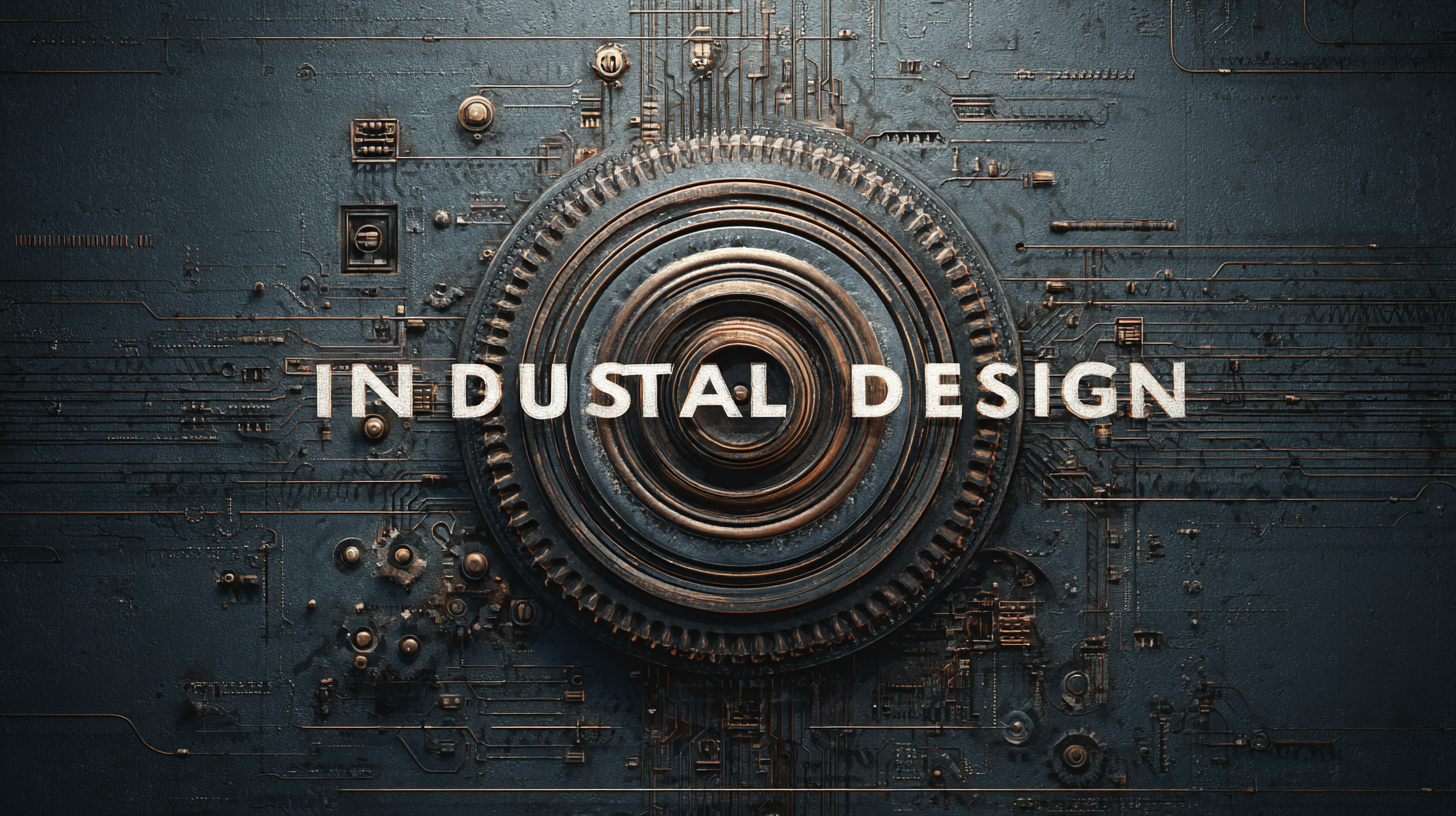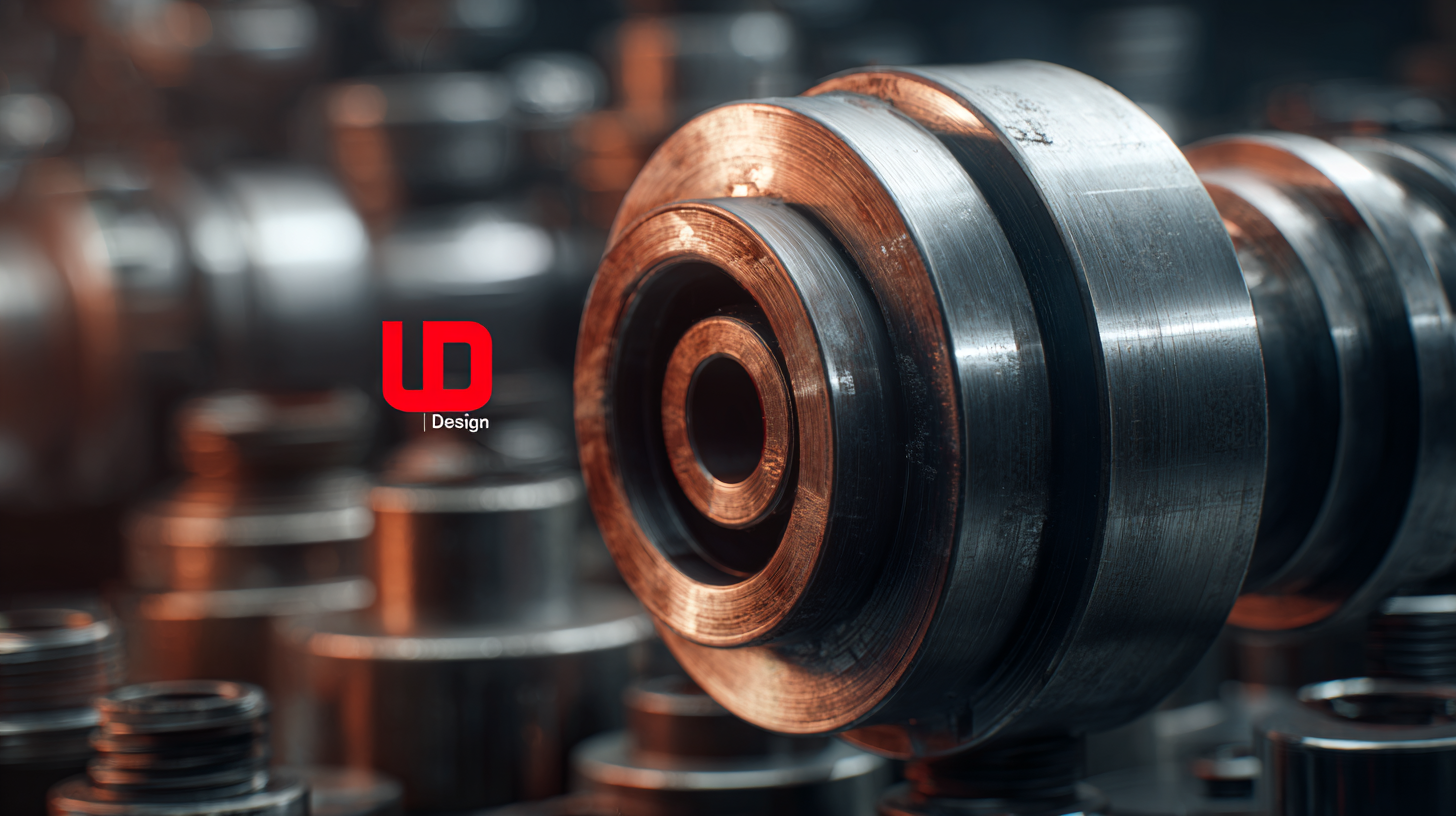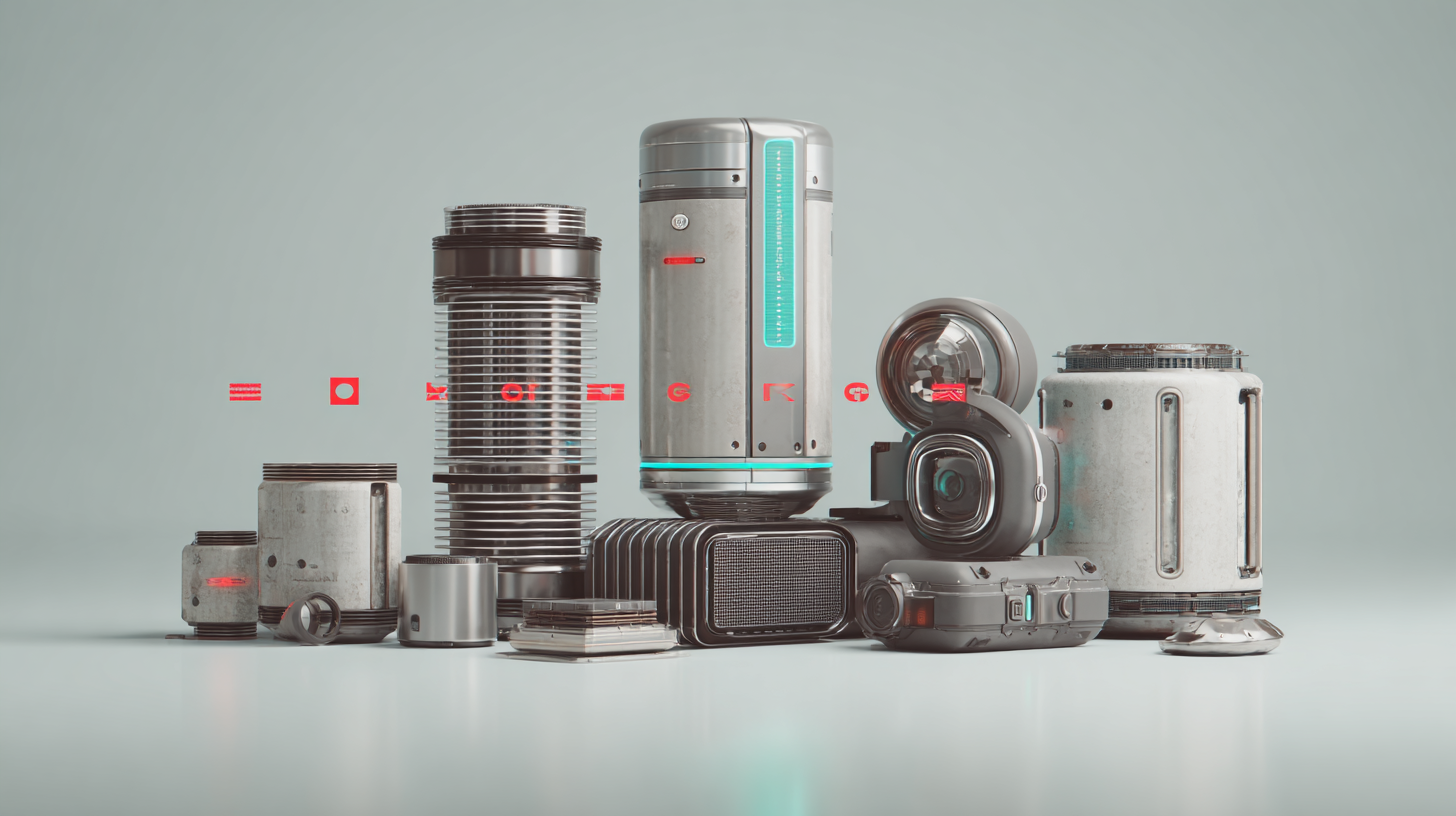


In today's competitive market, the importance of high-quality Industrial Design cannot be overstated. According to a recent report by the International Council of Societies of Industrial Design (ICSID), well-designed products can enhance customer satisfaction and increase market share by up to 30%. The interplay between functionality and aesthetics in Industrial Design not only streamlines production processes but also fosters innovation and sustainability. To remain relevant, manufacturers must understand the intricate features and applications of top Industrial Design products. This blog aims to guide businesses through the selection of premium manufacturers, highlighting key considerations and best practices informed by industry standards and trends. By leveraging insight from leading design studies and market analyses, we equip readers with the knowledge needed to make informed decisions that drive success in the world of Industrial Design.

The world of industrial design is rapidly evolving, with several key trends emerging that will shape the products of the future. One significant trend is the increasing integration of advanced technologies, such as artificial intelligence and machine learning, into industrial design processes. These innovations not only enhance design accuracy but also expedite the product development cycle, allowing companies to bring their products to market more efficiently. As industries strive to stay competitive, leveraging these technologies becomes essential.

Additionally, sustainability has emerged as a critical focus area. Consumers are increasingly demanding environmentally friendly products, prompting designers to consider eco-friendly materials and energy-efficient manufacturing processes. This shift towards sustainability is more than just a trend; it is becoming a cornerstone of good industrial design. With the global market for Computer-Aided Engineering (CAE) projected to grow significantly by 2025, reaching a market size of $7,072.3 million, designers and manufacturers must recognize the importance of eco-conscious design strategies to appeal to modern consumers and meet regulatory standards. The future of industrial design promises to be not only innovative but also responsible.
Industrial design is pivotal in creating products that not only function well but also resonate with consumers. One of the essential features of effective industrial design is user-centered design, which emphasizes understanding the needs and preferences of the end-user. According to a report by the Industrial Designers Society of America (IDSA), products that incorporate user feedback in the design phase experience a 42% higher customer satisfaction rate compared to those that do not. This approach ensures that the final product meets real-world demands, enhancing usability and aesthetic appeal.
In addition, sustainability has emerged as a crucial component of effective industrial design. A study by McKinsey & Company reveals that 66% of consumers are willing to pay more for sustainable brands. This shifting consumer preference drives designers to prioritize eco-friendly materials and processes, further aligning product design with larger environmental goals. Incorporating sustainable practices not only adheres to the growing demand for environmentally responsible products but also fosters brand loyalty and enhances corporate reputation in a competitive marketplace. By focusing on user-centered approaches and sustainability, industrial designers can create innovative products that stand out.
| Product Category | Key Features | Applications | Design Considerations |
|---|---|---|---|
| Consumer Electronics | Ergonomics, Aesthetics, User Interface | Smartphones, Tablets, Wearables | Sustainable materials, Compactness, Ease of use |
| Furniture | Functionality, Durability, Style | Office, Home, Public Spaces | Space optimization, Comfort, Versatility |
| Industrial Equipment | Efficiency, Safety, Built-in technology | Manufacturing, Construction, Transportation | Operator comfort, Energy consumption, Maintenance |
| Medical Devices | Usability, Life-saving features, Compliance | Hospitals, Home care, Diagnostic settings | Cleanability, User training, Safety standards |
| Automotive Design | Aerodynamics, Comfort, Technology integration | Personal vehicles, Commercial vehicles, EVs | Safety ratings, Fuel efficiency, Manufacturing cost |
The exploration of real-world applications of top industrial design products is vital in understanding how these innovations are transforming various sectors. Generative design, for instance, is revolutionizing manufacturing by enabling rapid evaluations of countless design options based on specific criteria. This technology not only enhances efficiency but also facilitates the creation of optimized designs that meet diverse industrial needs. According to industry reports, companies utilizing generative design can reduce product development time significantly, fostering a culture of innovation and responsiveness to market demands.

Moreover, the integration of artificial intelligence (AI) in product design is reshaping approaches across industries. A recent survey indicated that 72% of consumers are now inclined to choose eco-friendly products, driving designers to prioritize sustainability in their creations. Additionally, as businesses increasingly adopt AI technologies, the landscape of product design is evolving, harnessing algorithms to analyze consumer preferences and trends. These advancements not only streamline the design process but also align product offerings with the growing consumer demand for sustainability and accessibility. Understanding these applications highlights the dynamic nature of industrial design and its profound impact on modern markets.
When selecting the best industrial design solutions, it’s essential to consider specific features that address the unique challenges of modern manufacturing. As companies embrace globalization and venture into international markets, the need for innovative industrial design becomes more pronounced. One effective approach is to prioritize solutions that enhance operational efficiency and adaptability in the face of evolving market demands.
A step-by-step guide to choosing industrial design products should begin with a thorough assessment of your operational requirements. For instance, the integration of technologies such as wireless charging for mobile robots illustrates the potential for improving manufacturing processes. By investing in designs that enable seamless energy transfer, manufacturers can avoid downtime associated with charging, significantly boosting productivity and flexibility on the shop floor.
Additionally, understanding the principles of Industrial 4.0 can guide your choices. The latest advancements emphasize connectivity and automation; therefore, selecting products that align with these principles will be crucial for remaining competitive. As you navigate this landscape, ensure that the solutions you choose not only meet current needs but also allow for scalability and adaptation as your business grows.
This chart illustrates the importance ratings of various features in industrial design products. Functionality is rated highest, followed by aesthetics and sustainability, highlighting the key considerations for selecting the best design solutions.
As we gaze towards the year 2025, the landscape of industrial design is poised for remarkable innovation driven by emerging technologies and evolving consumer demands. Reports indicate that by 2025, the industrial design market is expected to reach an estimated value of $50 billion, with a significant focus on sustainable practices and smart product functionalities. Emerging technologies such as AI, AR, and IoT are not only reshaping product functionalities but also enhancing user experiences through personalized design and smart integration.
**Tip:** To stay ahead of the curve, designers should invest time in understanding user-centered design principles. Involving users in the design process through feedback and testing can lead to products that truly meet market needs. Furthermore, embracing sustainability will be key; adopting eco-friendly materials and processes can set a company apart in this competitive landscape.
Moreover, the shift towards automation in manufacturing processes will require designers to think critically about how human interaction with designs will evolve. Approximately 60% of design firms are expected to adopt automation tools by 2025, enhancing efficiency while allowing more time for creative exploration.
**Tip:** To prepare for these changes, focus on developing skills in digital design tools and technologies. Engaging in continuous learning about automated design processes will help ensure that your skills remain relevant in an increasingly tech-driven market.